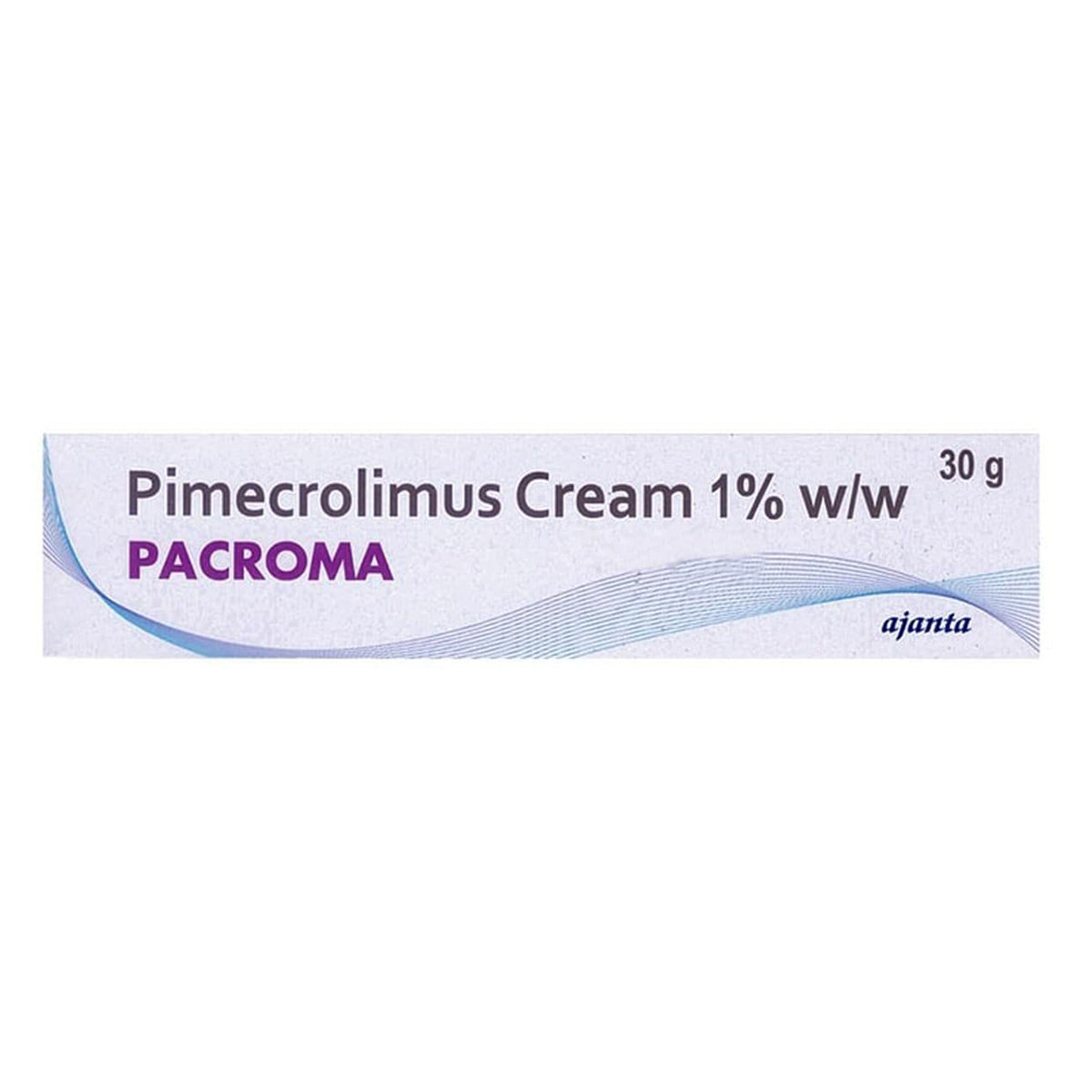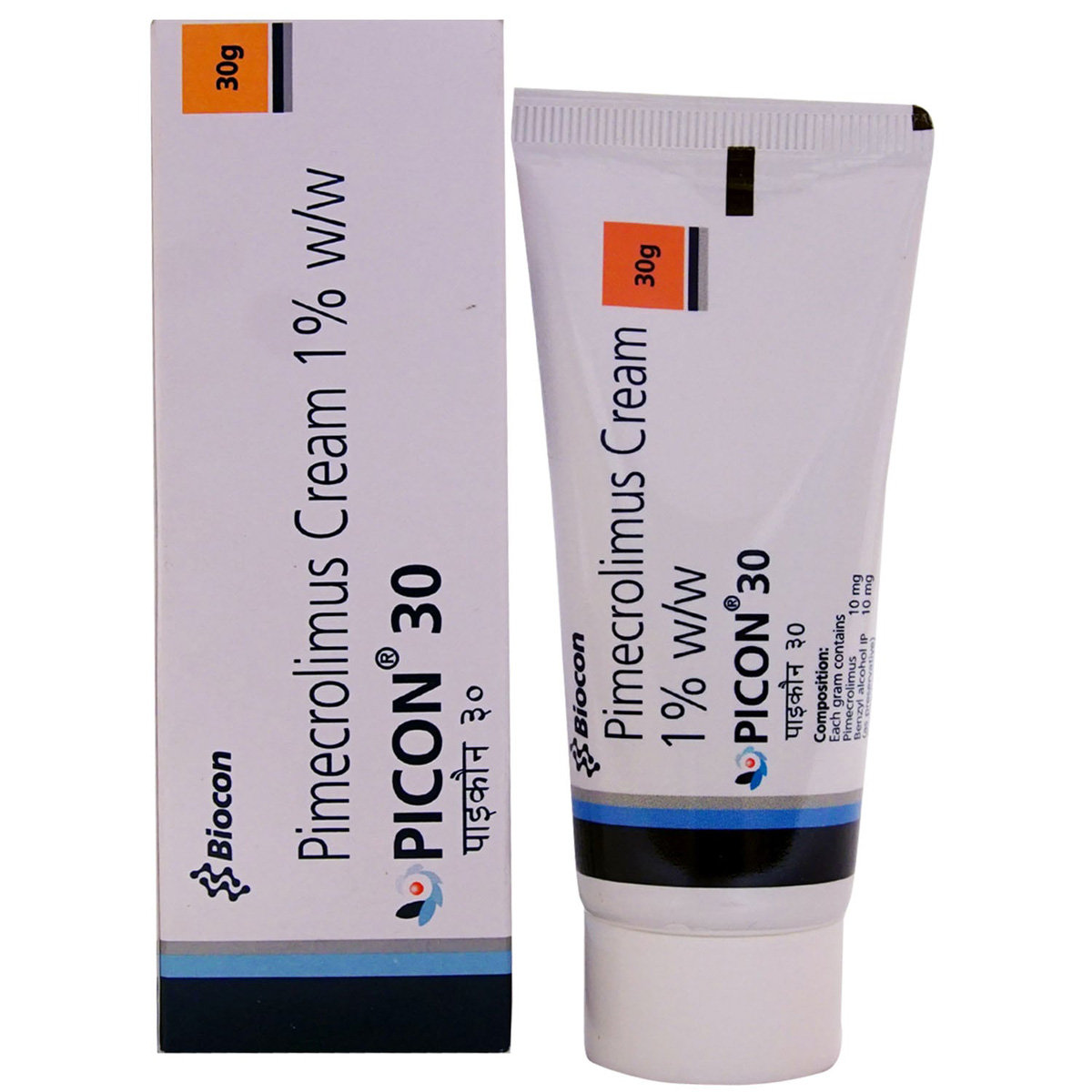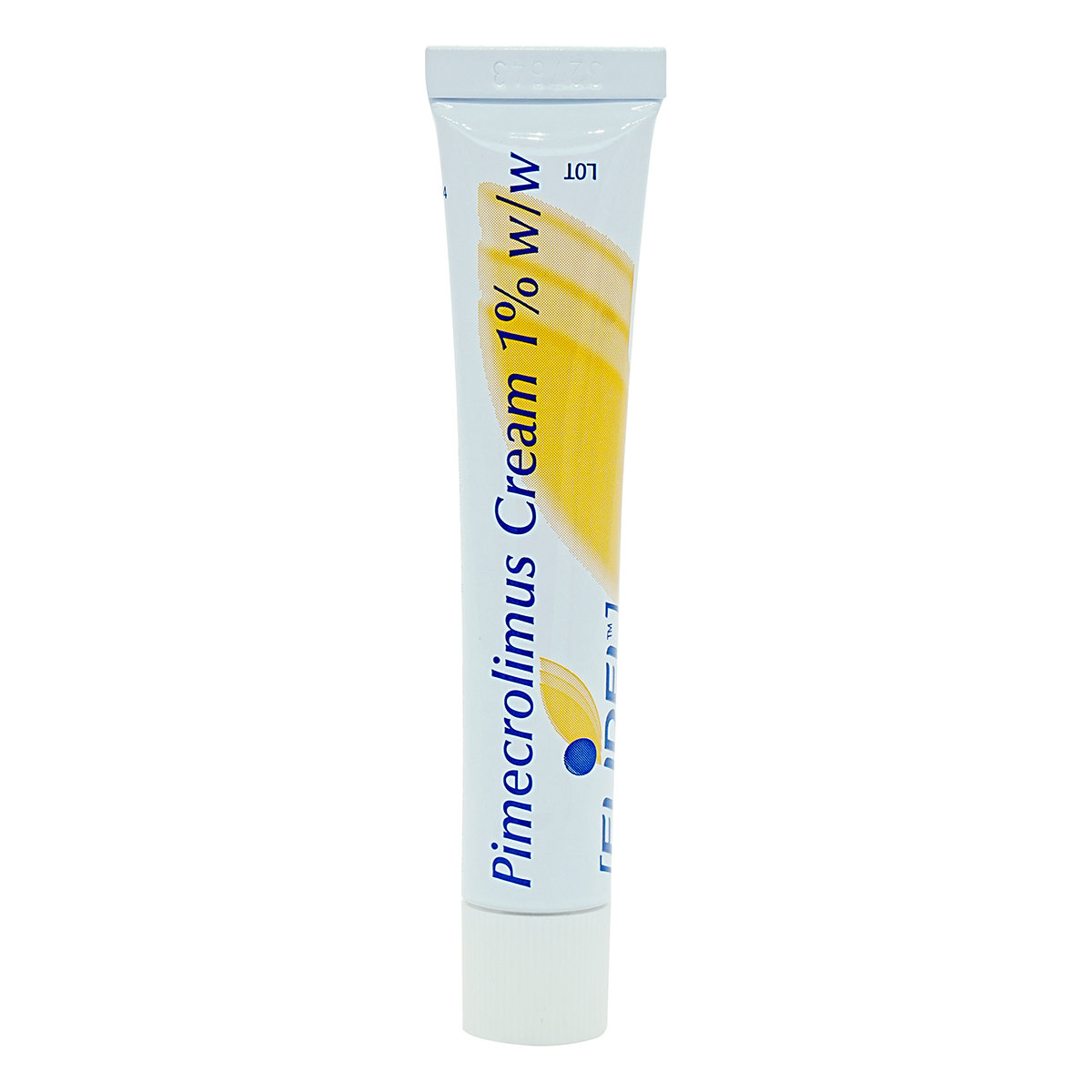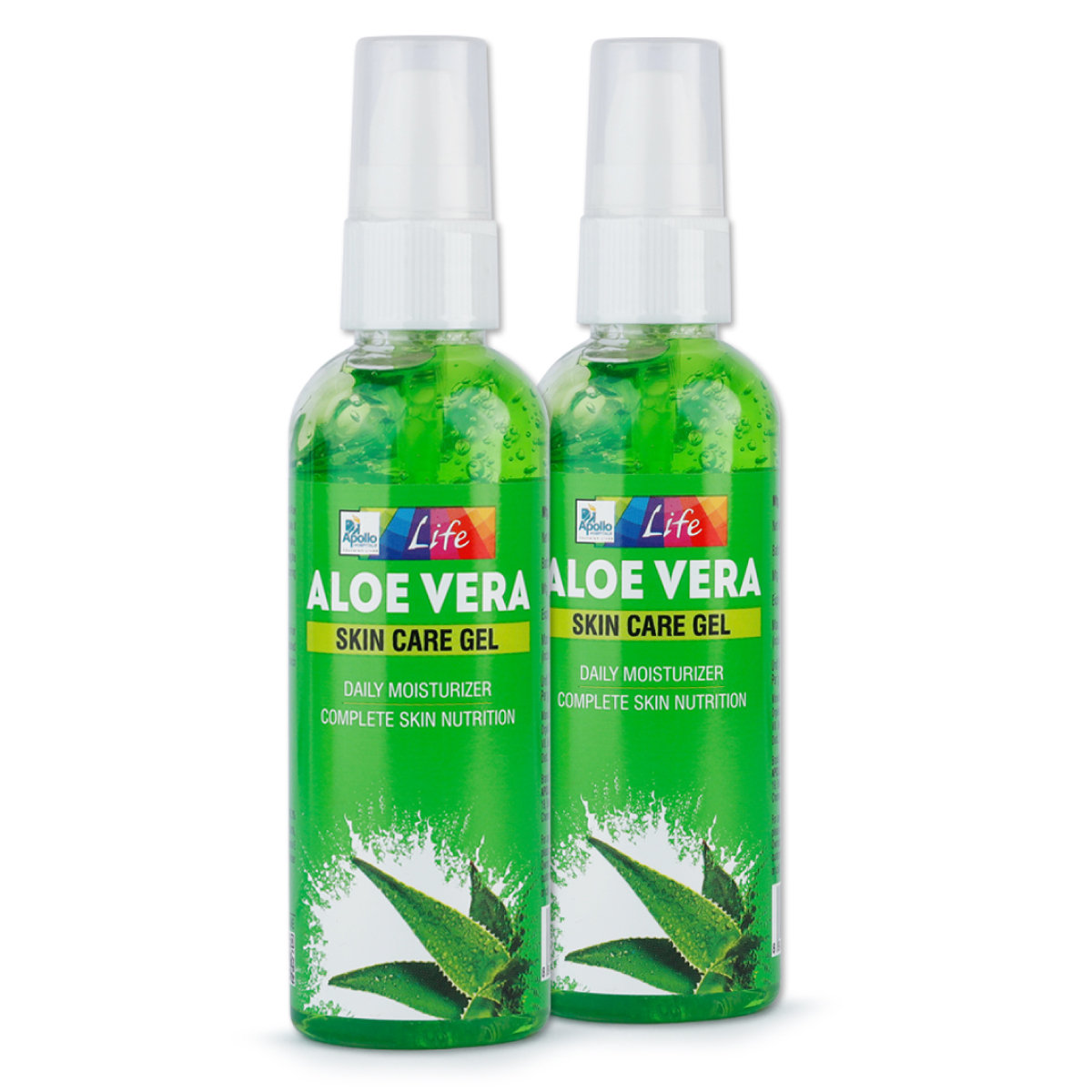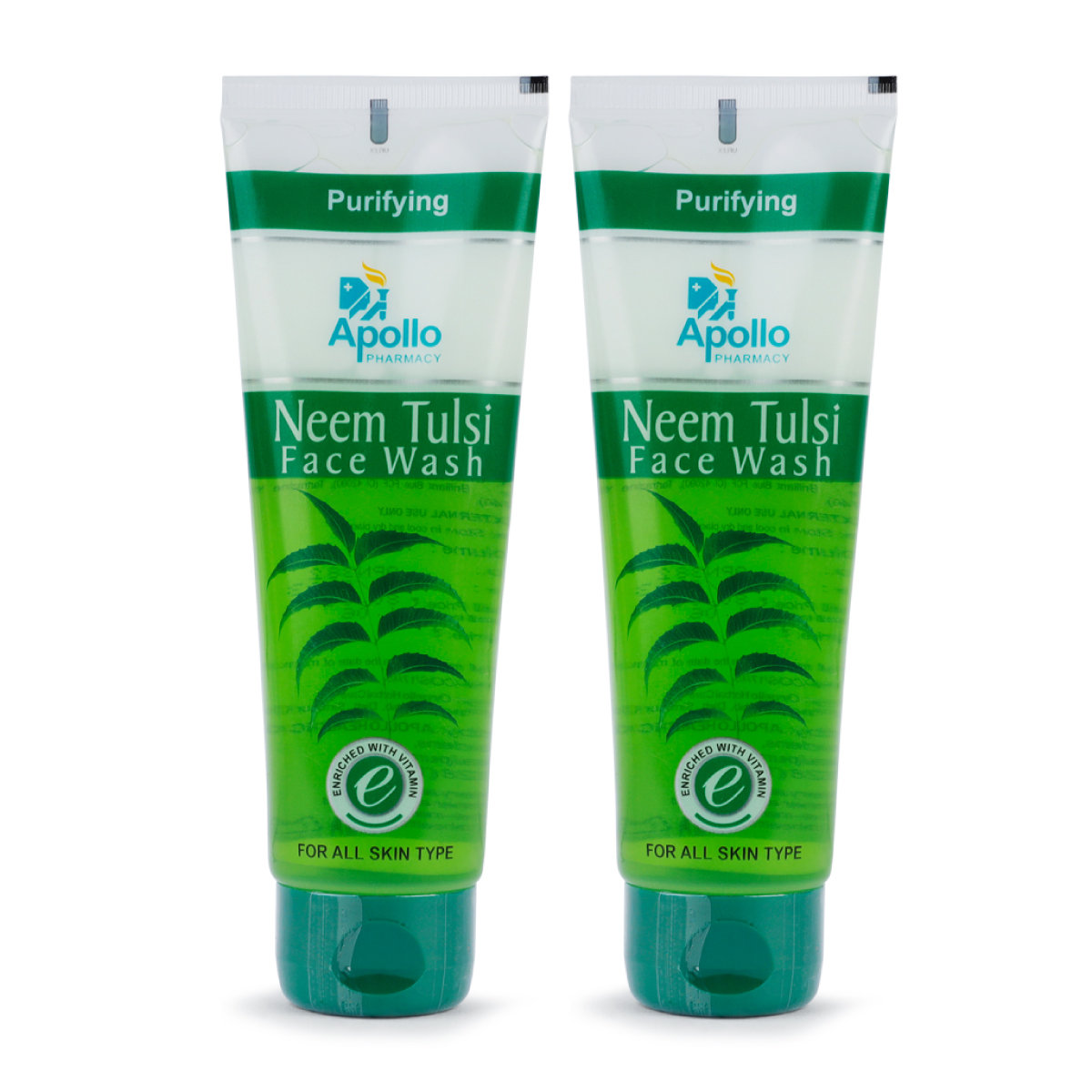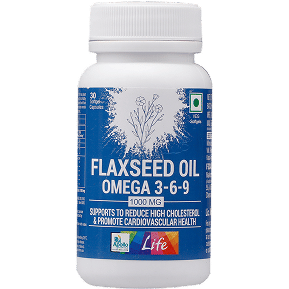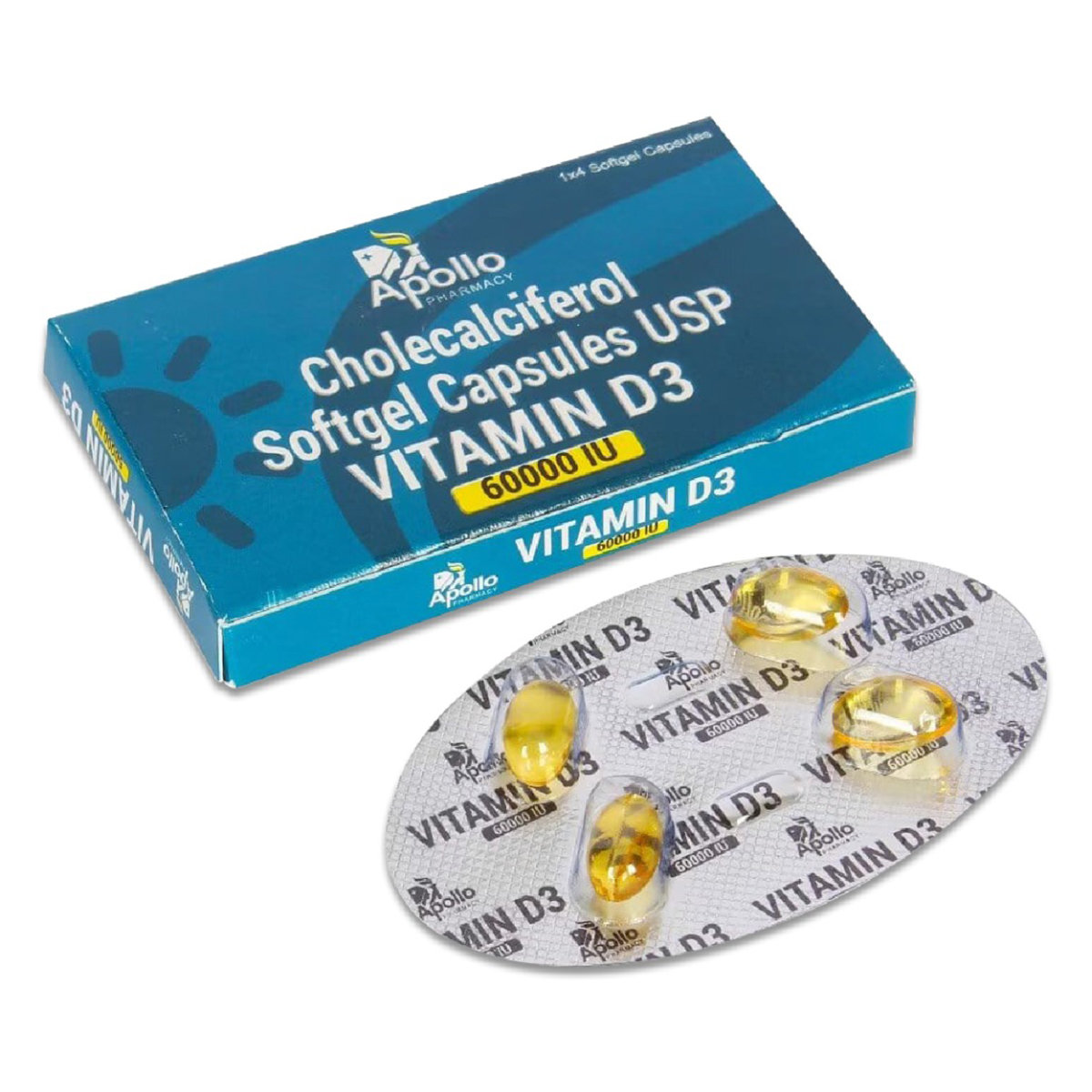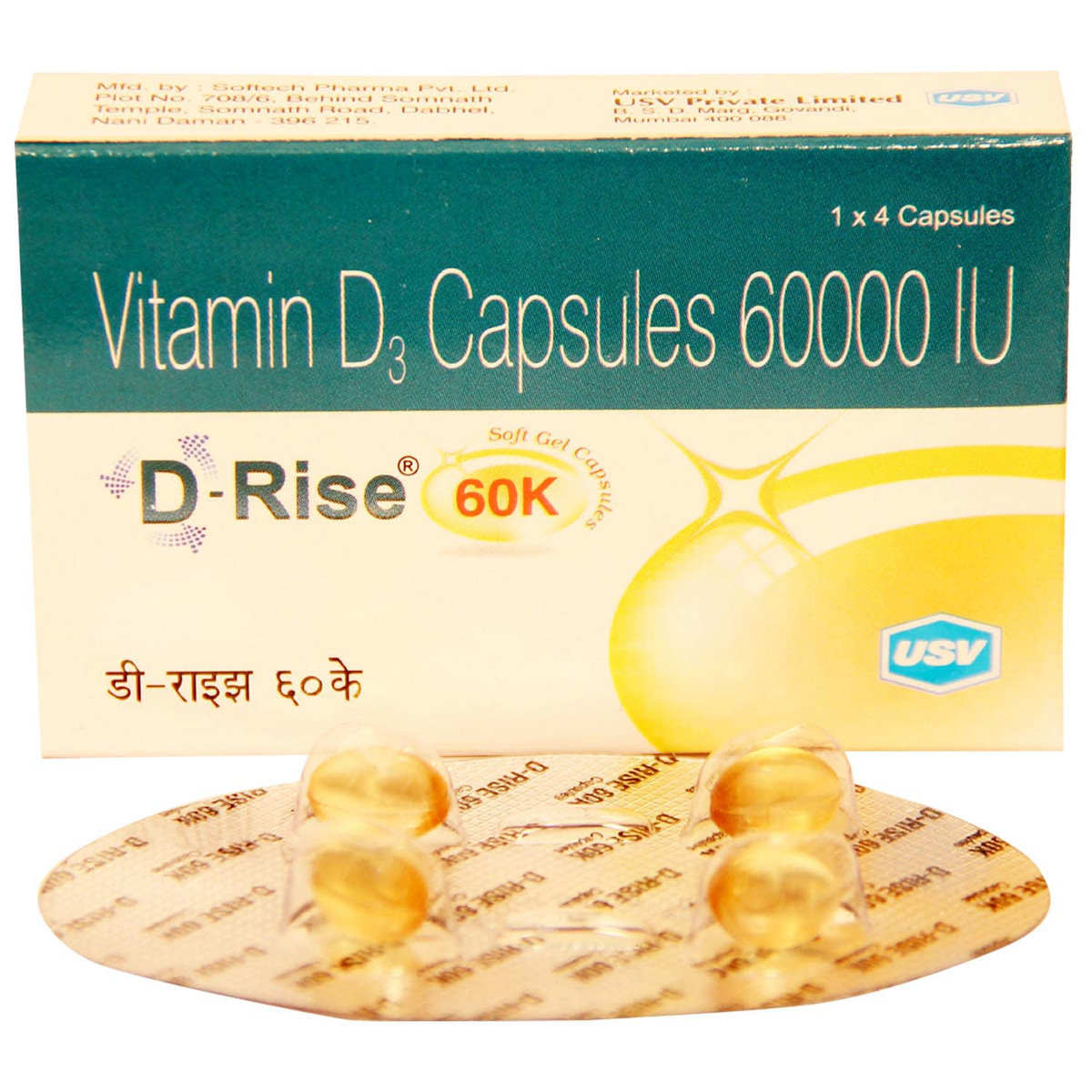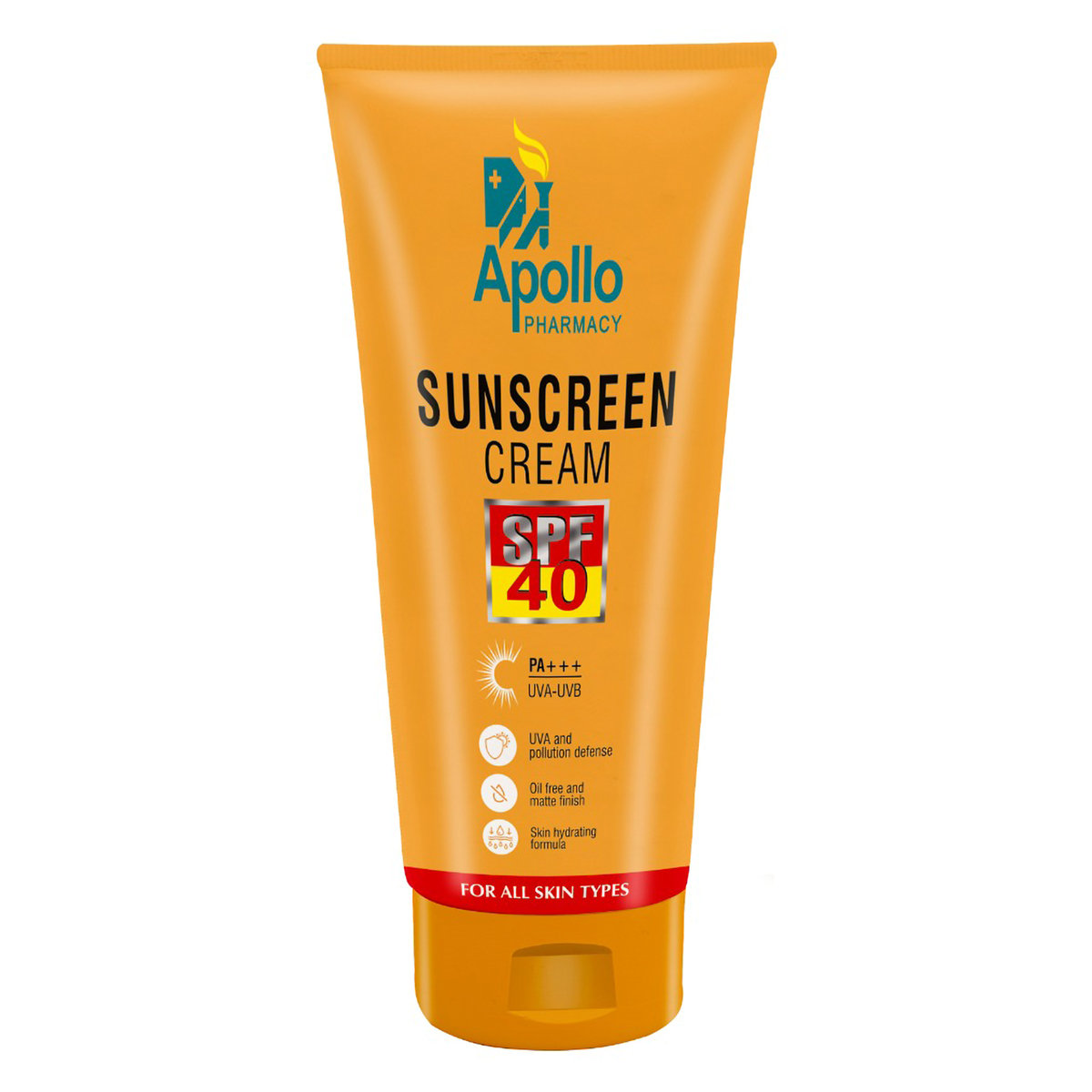Pacroma 1% Cream
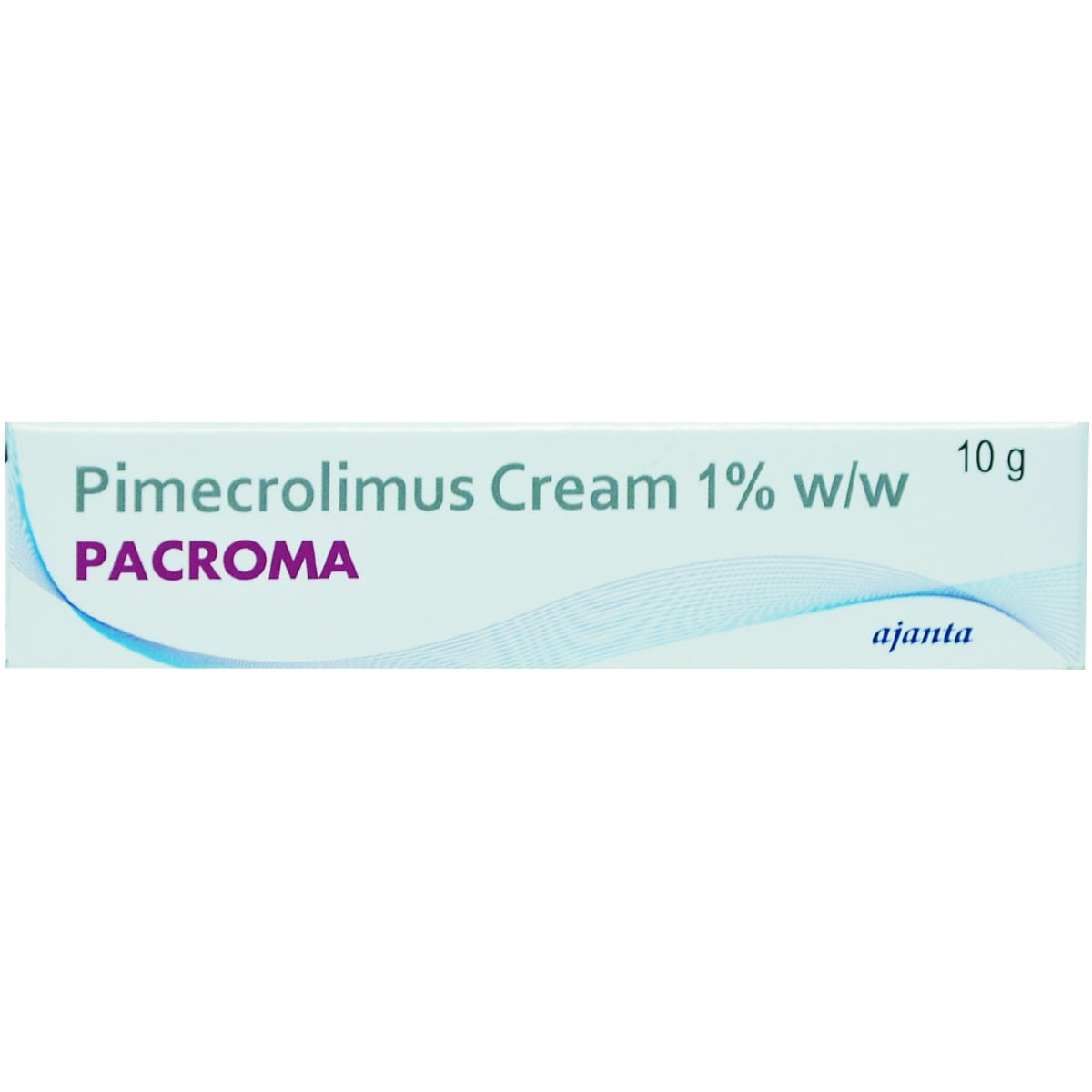
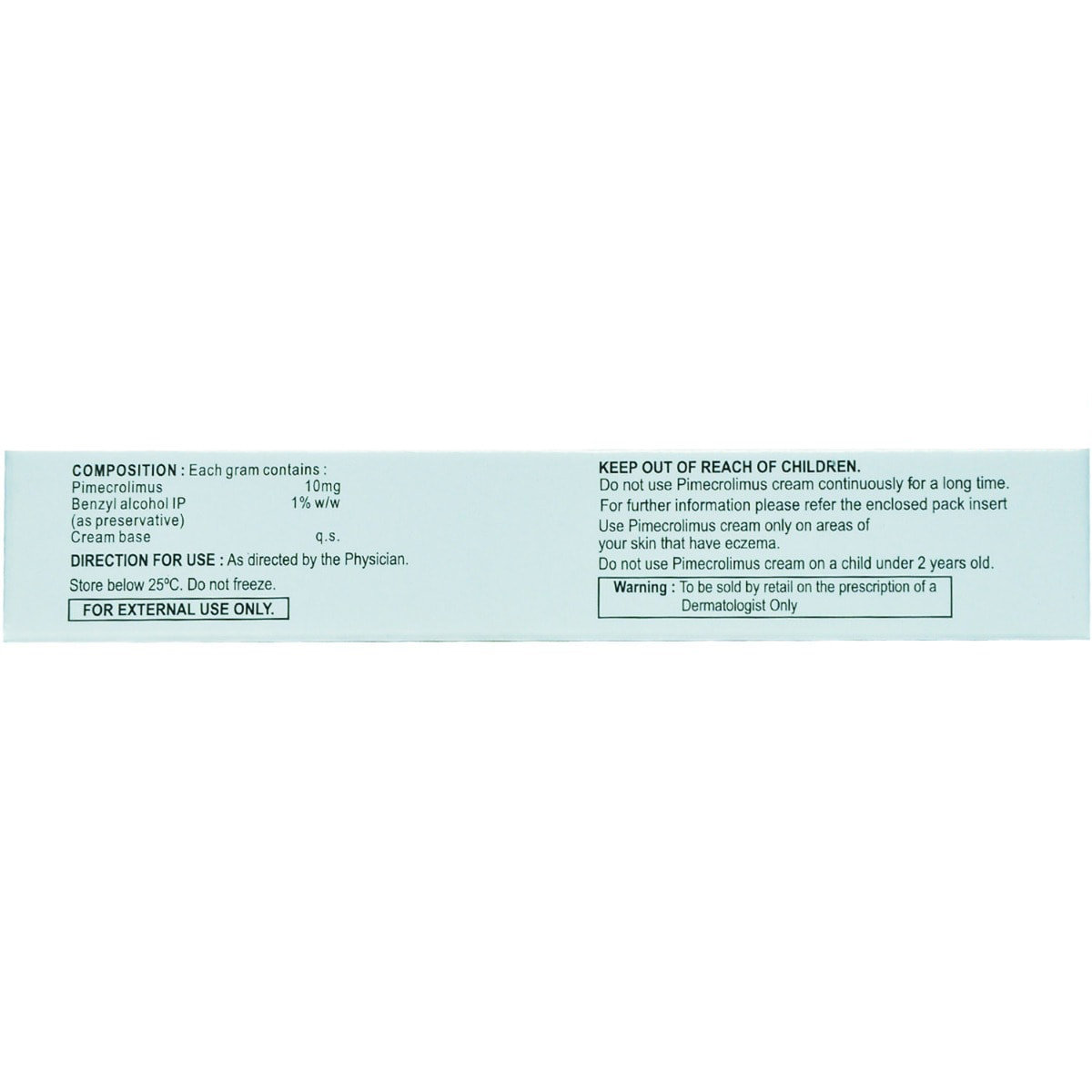
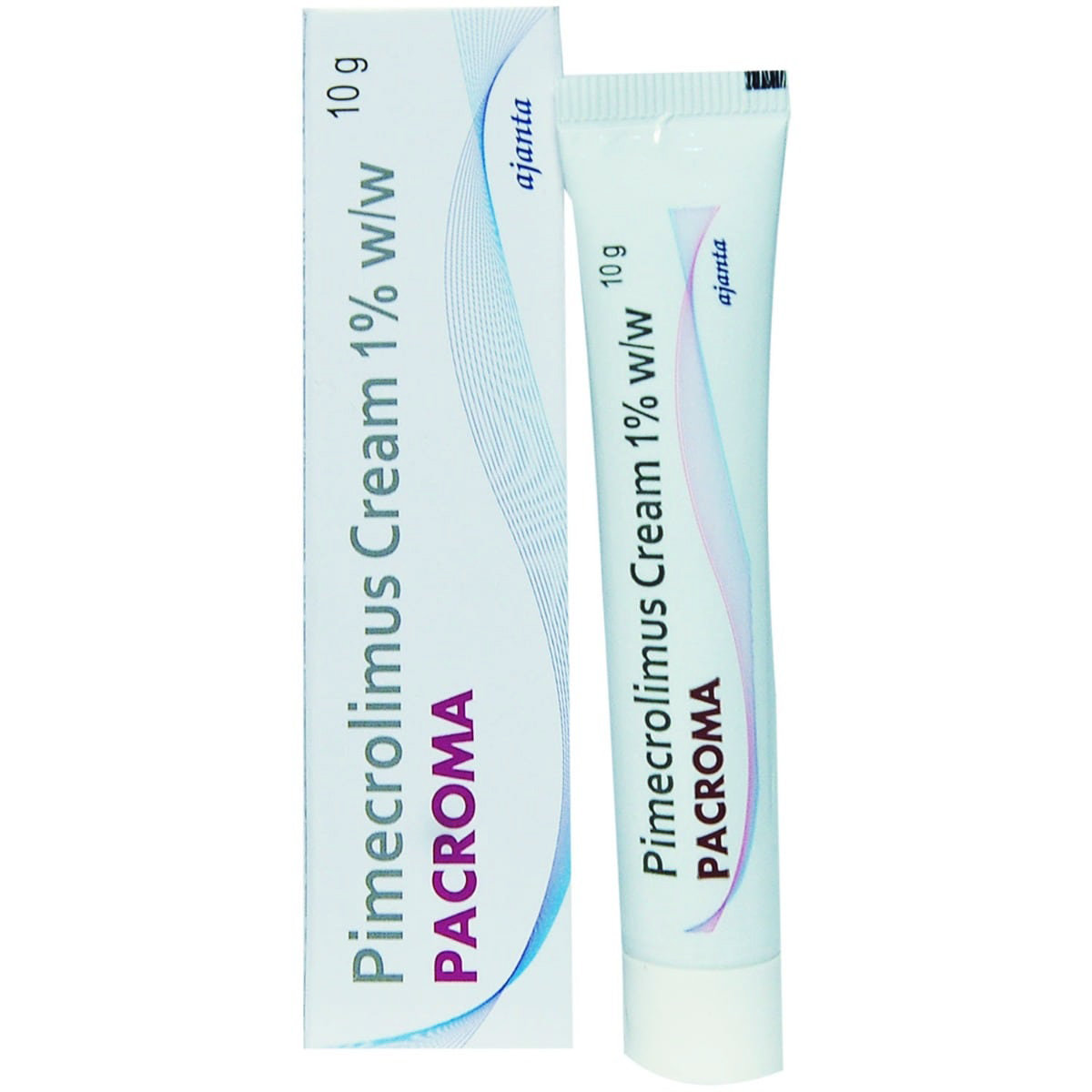
MRP ₹655
(Inclusive of all Taxes)
₹98.3 Cashback (15%)
know your delivery time
Provide Delivery Location
Composition :
Manufacturer/Marketer :
Consume Type :
Expires on or after :
Return Policy :
Selected Pack Size:10 gm
10 gm ₹589.5
(₹58.95 per gm)
In Stock
30 gm ₹1325.3
(₹44.18 per gm)
In Stock

Secure Payment

Trusted by 8 Crore Indians

Genuine Products
Therapeutic Class
Country of origin
Manufacturer/Marketer address
Author Details
We provide you with authentic, trustworthy and relevant information
Disclaimer
Alcohol
Safe if prescribed
Do not drink alcohol while using Pacroma 1% Cream. It can make your skin (particularly on your face) become flushed or red and feel hot.
Pregnancy
Consult your doctor
Pacroma 1% Cream is a Category C pregnancy drug. If you are pregnant, please consult your doctor before using Pacroma 1% Cream. Your doctor prescribes this medicine if the benefits outweigh the risks.
Breast Feeding
Consult your doctor
Pacroma 1% Cream is safe to use while nursing. Human studies indicate that the medication does not transfer into the breastmilk in large amounts and is not dangerous to the baby.
Driving
Safe if prescribed
Pacroma 1% Cream usually does not affect your ability to drive or operate machinery.
Liver
Consult your doctor
If you have a history of liver disease, please consult your doctor before using Pacroma 1% Cream.
Kidney
Consult your doctor
If you have a history of kidney disease, please consult your doctor before using Pacroma 1% Cream.
Children
Safe if prescribed
Pacroma 1% Cream is not recommended for children below 2 years. However, for children above 2 years, Pacroma 1% Cream should be used only as prescribed by a doctor.
Product Substitutes
About Pacroma 1% Cream
Pacroma 1% Cream belongs to a class of dermatological preparation called 'immunosuppressants' primarily used to prevent allergies, including swelling, itching, redness, heat, and pain caused due to certain skin problems such as dermatitis (itchy, swelling of the skin) and eczema (itchy, cracked, swollen or rough skin). Eczema is a condition in which skin patches become inflamed, itchy, cracked and rough. Dermatitis is a skin condition that causes itchy, dry skin or a rash on swollen, reddened skin.
Pacroma 1% Cream contains Pimecrolimus works by stopping the immune system from producing chemical substances that may cause eczema. When the skin reacts to any type of allergens, such chemical substances are released normally. It acts inside the skin cells that cause inflammation and characteristic redness and itching of eczema. Pacroma 1% Cream is used to treat swelling, itching, redness, heat, and pain caused due to skin problems such as eczema or atopic dermatitis (itchy, cracked, swollen or rough skin).
Use Pacroma 1% Cream as prescribed by your doctor. Your doctor will advise the appropriate dose depending on your medical condition. Avoid contact of Pacroma 1% Cream with nose, mouth, or eyes. If Pacroma 1% Cream comes in contact with these areas accidentally, rinse with water thoroughly. Common side effects of Pacroma 1% Cream include burning, irritation, itching, and redness at the application site. Most of these side effects of Pacroma 1% Cream do not require medical attention and gradually resolve over time. However, if the side effects persist or worsen, please consult your doctor.
Avoid using Pacroma 1% Cream if you are allergic to it. If you are pregnant or a nursing mother, it is advised to consult your doctor before using Pacroma 1% Cream. Do not use Pacroma 1% Cream in more than prescribed doses or for a prolonged time as it may cause adverse effects. Avoid consuming alcohol while using Pacroma 1% Cream as it can make your skin (particularly on your face) flushed or red and feel hot. If you have a weakened immune system (immunocompromised), have erythroderma (redness of almost the entire body), or a skin condition called Netherton’s syndrome (a disorder that affects the skin, hair and immune system) and skin malignancies (tumours), and skin infections (including chickenpox or herpes), inform your doctor before starting Pacroma 1% Cream.
Uses of Pacroma 1% Cream
Medicinal Benefits Mweb
Key Benefits
Pacroma 1% Cream contains Pimecrolimus is a class of medications called topical calcineurin inhibitors with anti-inflammatory properties, specifically treating inflammation of the skin called atopic dermatitis (eczema). It works by stopping the immune system from producing chemical substances that may cause eczema. When the skin reacts to any type of allergens, such chemical substances are released normally. It acts inside the skin cells that cause inflammation and characteristic redness and itching of eczema. Pacroma 1% Cream is used to treat swelling, itching, redness, heat, and pain caused due to certain skin problems such as eczema or atopic dermatitis (itchy, cracked, swollen, or rough skin) in children (aged 2 years and above), teenagers, and adults. When used to treat early signs and symptoms, Pacroma 1% Cream can prevent progression to severe flare-ups.
Directions for Use
Side Effects of Pacroma 1% Cream
- Mild irritation
- Skin redness
- Burning sensation at the site of application
Drug Warnings
Do not use Pacroma 1% Cream to areas of the skin affected by an active viral infection such as cold sores (herpes simplex) or chickenpox. Pacroma 1% Cream may be associated with an increased risk of severe herpes simplex skin infection (eczema herpeticum). Therefore if you develop painful sores anywhere on your body, tell your doctor immediately. If you are pregnant or a nursing mother, it is advised to consult a doctor before using Pacroma 1% Cream. Pacroma 1% Cream is not recommended for children below 2 years of age. Avoid using Pacroma 1% Cream on open wounds, windburned, sunburned, irritated, or dry skin. Do not cover or wrap the treated area with a bandage unless your doctor advises, as it may cause harmful effects. Avoid contact of topical Pacroma 1% Cream with nose, mouth, or eyes as it may irritate. If Pacroma 1% Cream comes in contact with these areas accidentally, rinse with water thoroughly. Avoid smoking or going near naked flames as the fabric (bedding, clothing, dressings) that is in contact with Pacroma 1% Cream catches fire and burns easily. If you have a weakened immune system (immunocompromised), have erythroderma (redness of almost the entire body), or a skin condition called Netherton’s syndrome (a disorder that affects the skin, hair and immune system), and skin malignancies (tumours), please inform your doctor before starting Pacroma 1% Cream. Avoid excessive exposure to sunlight, sun lamps, and tanning beds while using Pacroma 1% Cream. If you are outdoors after applying Pacroma 1% Cream, wear loose-fitting clothing, and appropriate sunscreen, and minimise the time you spend in the sun.
Drug-Drug Interactions
Drug-Drug Interactions
Login/Sign Up
Drug-Food Interactions
Drug-Food Interactions
Login/Sign Up
Drug-Diseases Interactions
Drug-Diseases Interactions
Login/Sign Up
Drug-Drug Interactions Checker List
- FLUCONAZOLE
- ITRACONAZOLE
- KETOCONAZOLE
- DILTIAZEM
- VERAPAMIL
- CIMETIDINE
- CLARITHROMYCIN
- ERYTHROMYCIN
- TROLEANDOMYCIN
- METRONIDAZOLE
- DANAZOL
- CYCLOSPORINE
- INDINAVIR
- RITONAVIR
- DELAVIRDINE
- ISONIAZID
- NEFAZODONE
- FLUOXETINE
- FLUVOXAMINE
Habit Forming
Special Advise
-
Avoid contact of Pacroma 1% Cream with nose, mouth or eyes. In case Pacroma 1% Cream comes in contact with these areas accidentally, rinse with water thoroughly.
-
If you have extensive eczema, you may need to stop using Pacroma 1% Cream before having any vaccinations. Your doctor will be able to tell you if this is necessary.
-
Consult your doctor if no improvement occurs after 2 weeks or if your eczema gets worse.
-
Do not apply Pacroma 1% Cream to areas of the skin affected by an active viral infection such as cold sores (herpes simplex) or chickenpox.
-
Do not use Pacroma 1% Cream without a break for a long time unless told to do so by the doctor.
Diet & Lifestyle Advise
-
Eat foods rich in quercetin (a flavonoid), such as apples, cherries, broccoli, spinach and blueberries.
-
Consuming food rich in probiotics helps in developing the immune system against allergies.
-
Limit intake of food that might trigger allergies, such as dairy products, soy, eggs, and nuts.
-
Avoid the consumption of foods with excess sugar as it may flare up inflammation.
-
Include fruits, vegetables, whole grains, healthy fats and fish in your diet.
-
Reducing stress and maintaining a regular sleep pattern would be helpful.
-
Avoiding getting in contact with harsh soaps, detergents and rough fabrics.
-
Use mild soap while taking baths and prefer warm baths. Avoid harsh products on your skin.
-
Do not scratch or pick your skin to avoid getting the affected area infected.
All Substitutes & Brand Comparisons
RX
Pacroma Cream 30 gm
Ajanta Pharma Ltd
₹1472.5
(₹44.18/ 1gm)
25% CHEAPERRX
Pacroma XL 1% Cream 30 gm
Ajanta Pharma Ltd
₹1472.5
(₹49.08/ 1gm)
16% CHEAPERRX
Picon Cream 30 gm
Biocon Ltd
₹1651
(₹49.53/ 1gm)
15% CHEAPER

Have a query?
Buy best Dermatology products by
Glenmark Pharmaceuticals Ltd
Sun Pharmaceutical Industries Ltd
Klm Laboratories Pvt Ltd
Cipla Ltd
Canixa Life Sciences Pvt Ltd
Abbott India Ltd
Ajanta Pharma Ltd
Intas Pharmaceuticals Ltd
Dr Reddy's Laboratories Ltd
East West Pharma India Pvt Ltd
Alkem Laboratories Ltd
Atopic laboratories Pvt Ltd
Hegde & Hegde Pharmaceutica Llp
Brinton Pharmaceuticals Ltd
Torrent Pharmaceuticals Ltd
Amwill Healthcare Pvt Ltd
Leeford Healthcare Ltd
Palsons Derma Pvt Ltd
Oaknet Healthcare Pvt Ltd
Med Manor Organics Pvt Ltd
Micro Labs Ltd
Dermocare Laboratories Gujarat Llp
Fixderma India Pvt Ltd
Apex Laboratories Pvt Ltd
Mankind Pharma Pvt Ltd
Ipca Laboratories Ltd
Yaher Pharma
Systopic Laboratories Pvt Ltd
Menarini India Pvt Ltd
Ethinext Pharma
Nemus Pharmaceuticals Pvt Ltd
Skinocean Pharmaceuticals
Dermacia Healthcare
Inex Medicaments Pvt Ltd
Lupin Ltd
GlaxoSmithKline Pharmaceuticals Ltd
Talent India Pvt Ltd
Zydus Cadila
Kivi Labs Ltd
Zydus Healthcare Ltd
Hbc Dermiza Healthcare Pvt Ltd
Mrhm Pharma Pvt Ltd
Regaliz Medicare Ltd
Sol Derma Pharmaceuticals Pvt Ltd
Newtrimed Healthcare Pvt Ltd
Wallace Pharmaceuticals Pvt Ltd
Eskon Pharma
Glowderma Lab Pvt Ltd
La Pristine Bioceuticals Pvt Ltd
Mohrish Pharmaceuticals Pvt Ltd
Percos India Pvt Ltd
Rockmed Pharma Pvt Ltd
Macleods Pharmaceuticals Ltd
Praise Pharma
Ethicare Remedies Pvt Ltd
Kaizen Drugs Pvt Ltd
Aurel Biolife
Rely On Pharmaceuticals
Wockhardt Ltd
Galcare Pharmaceuticals Pvt Ltd
Elder Pharmaceuticals Ltd
Indiabulls Pharmaceuticals Pvt Ltd
La Med Healthcare Pvt Ltd
Biocute Life Care
Yap Bioceuticals
Yash Pharma Laboratories Pvt Ltd
Zee Laboratories Ltd
Apple Therapeutics Pvt Ltd
Adonis Laboratories Pvt Ltd
Albatross Healthcare Pvt Ltd
Galderma India Pvt Ltd
Prism Life Sciences Ltd
FDC Ltd
Alniche Life Sciences Pvt Ltd
Salve Pharmaceuticals Pvt Ltd
West Coast Pharmaceuticals Pvt Ltd
Dermarex HealthCare India Pvt Ltd
Arka Vital Science Pvt Ltd
Dermajoint India
Gary Pharmaceuticals Pvt Ltd
Grace Derma Healthcare Pvt Ltd
Karlin Pharmaceuticals & Exports Pvt Ltd
Skinska Pharmaceutica Pvt Ltd
Uniza Healthcare Llp
Alembic Pharmaceuticals Ltd
Cadila Healthcare Ltd
Cadila Pharmaceuticals Ltd
Cosmofix Technovation Pvt Ltd
Human Pharmaceuticals
Indolands Pharma Pvt Ltd
Lyra Laboratories Pvt Ltd
Akumentis Healthcare Ltd
Entod Pharmaceuticals Ltd
Iceberg Health Care Pvt Ltd
Jenburkt Pharmaceuticals Ltd
P and P Dermaceuticals Pvt Ltd
Dabur India Ltd
Indchemie Health Specialities Pvt Ltd
Olcare Laboratories Pvt Ltd
Unison Pharmaceuticals Pvt Ltd
BODY CREAM
Body Lotion
Face Cream
Shampoo
Sun Screen
Face Gel
Soap
Face Wash
HAIR SOLUTION
Face Serum
BODY GEL
Hair Lotion
Hair Serum
Dusting Powder
ANTISEPTIC
FACE CLEANSER
Face Lotion
Body Wash
Body Spray
Eye Cream
FUNGAL INFECTION
Foot Cream
Conditioner
Eye Gel
Cleanser
Hair Cream
Hair Oil
Face Mask
Hair Gel
Sanitizer
Hair Spray
Moisturiser
Skin Ointment
Lip Balm
Capsule
Eye Serum
Intimate Wash
Specialty Supplements
Hand Cream
Facial Spray
SPECIALITY SUPPLEMENT
Face Toner
MEDICATED SHAMPOO
Tablet
Talcum Powder
BABY SUNSCREEN
Body Butter
Body Scrub
DIAPER RASH CREAM
EYE SOLUTION
FACIAL WIPE
Gargle
Hand Wash
Intimate Spray
Lip Serum
Lubricant Gel
MEDICATED CREAM
Nail Polish
VITAMIN D
Frequently Bought Together
₹176
MRP ₹195.5
10% off
1
+₹279.5
MRP ₹310.5
10% off
1
+₹135.6
MRP ₹154.5
12% off
6
+₹369.1
MRP ₹467.5
21% off
1
+Customers Also Bought


